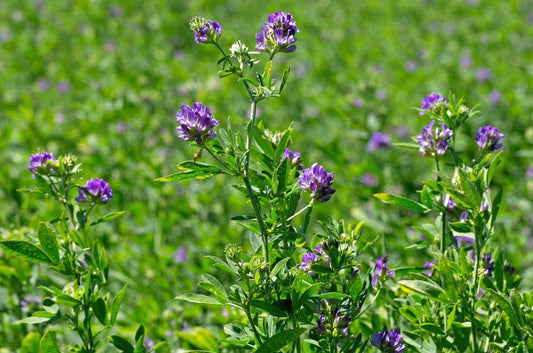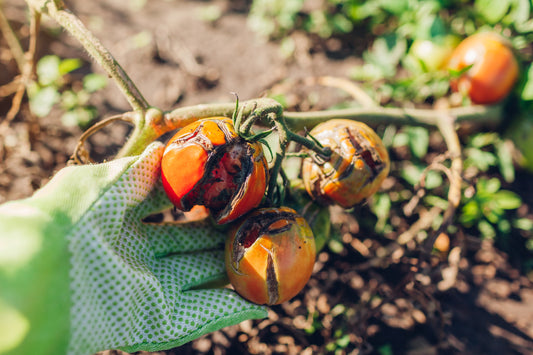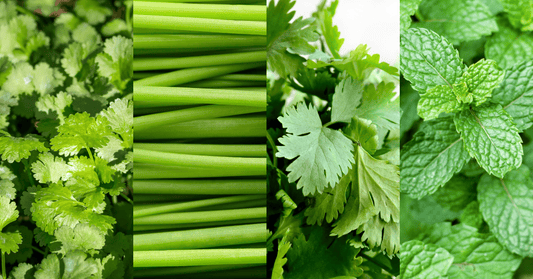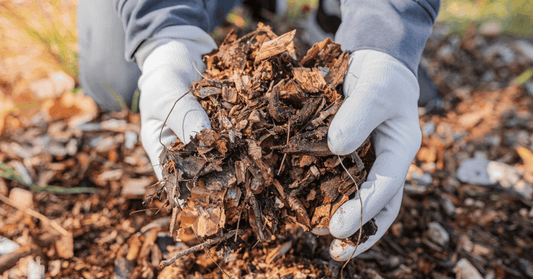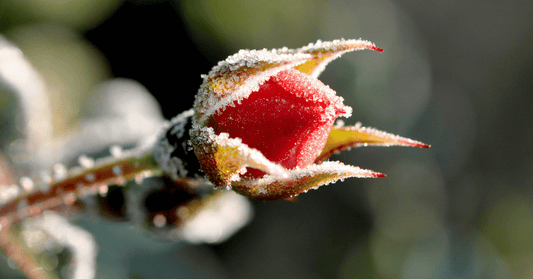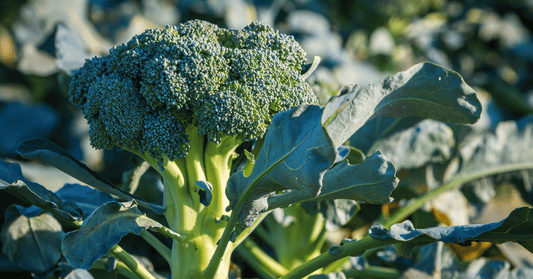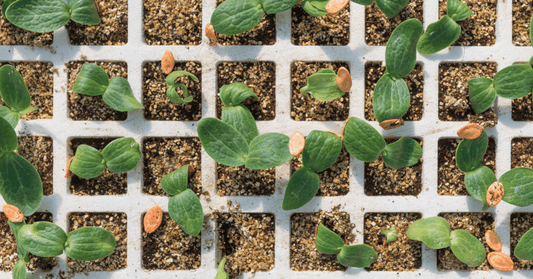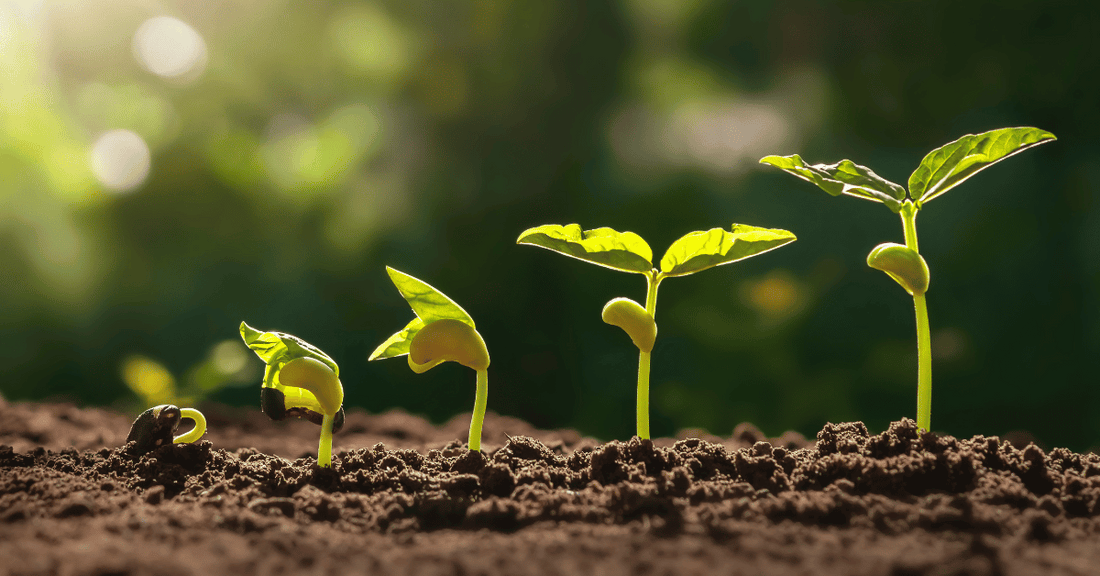
Seeds of Change: Mastering Germination for Bountiful Gardens
Seeds are tiny marvels packed with life and potential. Their successful germination marks the beginning of a plant's journey, ultimately leading to a flourishing garden. Understanding the art and science behind seed germination is pivotal for gardeners aiming for bountiful yields and healthy plants.
The Magic of Seeds
Seeds are nature's treasure troves, encapsulating genetic information essential for a plant's growth. Each seed contains the embryo of a plant along with stored nutrients, waiting for the right conditions to sprout. However, unlocking this potential requires specific care and conditions.
Factors Affecting Germination
- Temperature:
Different seeds have varying temperature requirements for germination. Some prefer cooler conditions, while others thrive in warmth. Understanding these preferences is crucial for successful germination.
- Moisture:
Adequate moisture is vital for seeds to soften their coats, allowing the embryo to swell and initiate growth. However, excess water can lead to rot, emphasizing the importance of a delicate balance.
- Light:
While some seeds require light to germinate, others prefer darkness. Knowing the light preferences of different seeds guides gardeners in providing the optimal conditions.
- Soil Quality:
A well-draining and nutrient-rich soil medium sets the stage for successful germination. It provides support to the emerging seedling and offers necessary nutrients for initial growth.
Techniques for Successful Germination
- Scarification and Stratification:
Certain seeds possess hard coats that inhibit water absorption. Scarification (nicking or scratching the seed coat) or stratification (exposing seeds to cold temperatures) can help break dormancy, enhancing germination rates.
- Pre-soaking Seeds with EM-1®:
Immersing seeds in a solution of water and EM-1® before planting can effectively soften their coats and kickstart the germination process. This technique proves especially beneficial for larger seeds or those with hard exteriors. EM-1®, with its microbial benefits, contributes to creating an optimal environment for seeds, promoting a more robust and successful germination.
- Seed Starting Mixes:
Opting for high-quality seed starting mixes or creating homemade mixes ensures a well-balanced, sterile medium that promotes healthy germination.
- Proper Watering Techniques:
Maintaining consistent moisture levels without overwatering is crucial. Using a misting spray or bottom watering technique helps prevent dislodging seeds and maintains ideal moisture levels.
- Environment Control:
For seeds started indoors, providing a controlled environment with appropriate light and temperature levels fosters optimal germination conditions.
Seasonal Seed Starting Guide
Spring:
Spring marks the beginning of a new growing season. Starting seeds indoors for warm-weather crops like tomatoes, peppers, and eggplants allows them to reach transplant size by the time outdoor conditions are favorable.
Summer:
Directly sowing seeds of heat-loving crops such as squash, cucumbers, and melons outdoors in warm soil temperatures ensures robust growth during the summer months.
Fall:
Sow cool-season crops like lettuce, spinach, and kale in late summer or early fall for a late-season harvest. Additionally, consider planting cover crops to enrich the soil for the following season.
Troubleshooting Germination Issues
- Damping-Off:
This fungal disease affects seedlings, causing them to collapse. Ensuring proper ventilation, sterilized soil, and avoiding excessive moisture help prevent damping-off.
- Slow Germination:
Inadequate moisture, incorrect temperature, or old seeds might lead to slow germination. Adjusting these factors or using fresh, viable seeds can resolve this issue.
- Seedling Diseases:
Proper sanitation practices, including using clean containers and soil, help prevent the spread of diseases that can affect germinating seeds and young seedlings.
Conclusion
Mastering seed germination is a fundamental skill for any gardener seeking a productive and thriving garden. By understanding the intricacies of seed biology, implementing proper techniques, and providing optimal growing conditions, gardeners can unlock the potential within seeds, paving the way for bountiful harvests and lush, healthy gardens. Remember, patience and diligence are key—tending to seeds with care and attention will yield rewarding results in your gardening journey.
